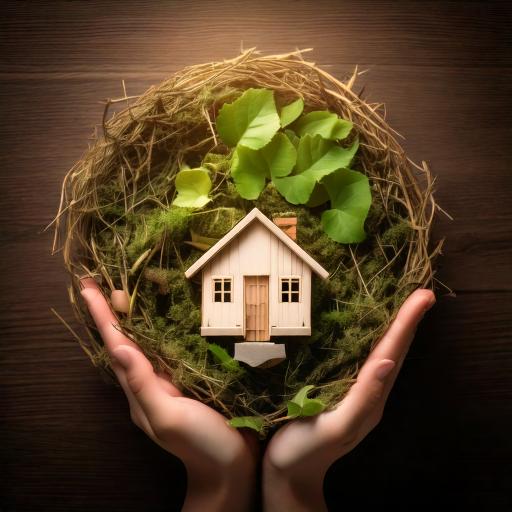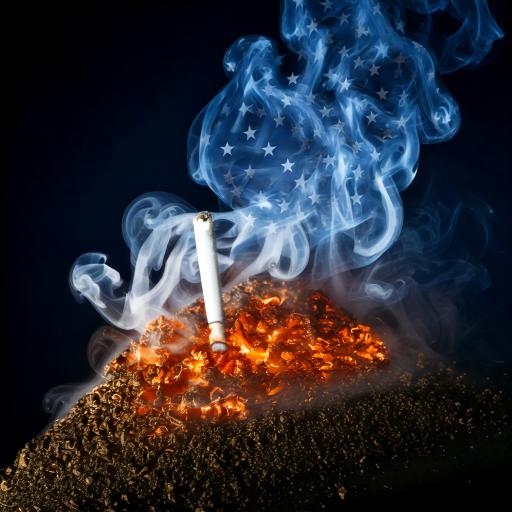Each November, health organizations across the nation recognize Prematurity Awareness Month to raise understanding about preterm birth and its lasting impact on families and communities. The observance highlights the importance of healthy pregnancies, early prenatal care, and ongoing support for parents and infants affected by premature birth.
Understanding Prematurity
A baby is considered premature, or preterm, when born before 37 weeks of pregnancy. According to the Centers for Disease Control and Prevention (CDC), about one in ten infants in the United States is born prematurely each year (CDC, 2023). Premature babies may face health challenges due to underdeveloped lungs, hearts, and immune systems, and may require specialized care in a neonatal intensive care unit (NICU).
Preterm birth can happen for many reasons, and in some cases, the cause is unknown. Risk factors include previous preterm birth, multiple pregnancies, high blood pressure, diabetes, smoking, and certain infections. However, anyone can experience preterm labor—even those without known risk factors.
The Importance of Early and Ongoing Care
Regular prenatal care is one of the most effective ways to reduce the risk of premature birth. Early visits help providers monitor both the parent’s and baby’s health, manage chronic conditions, and identify warning signs that may require intervention. A healthy diet, stress management, and avoiding tobacco or alcohol during pregnancy also promote better outcomes.
Community and workplace awareness play a crucial role too. Supporting expecting parents through flexible scheduling, maternity and paternity leave, and understanding workplace policies fosters a culture of care that benefits both families and organizations.
Caring Beyond Birth
Thanks to advances in neonatal care, many premature infants grow up to live healthy lives. For parents, early education and support are vital—especially in navigating follow-up appointments, developmental milestones, and self-care during recovery. The March of Dimes and local hospital networks offer extensive resources for families affected by preterm birth, including peer support, education, and advocacy programs.
Your Health Benefits
Your healthcare plan includes prenatal, maternity, and newborn care to help you and your family stay healthy before, during, and after pregnancy. If you are expecting—or planning to grow your family—reach out to your healthcare provider early to schedule prenatal appointments and discuss any questions about your pregnancy.
You can also use Amwell’s telehealth services for non-urgent medical guidance or pregnancy-related concerns. Please remember to enter the code ASRCOPAYWAIVED to ensure that you receive this service at no cost.
If you have been impacted by preterm birth or other challenges and would like to talk with someone, please reach out to Behavioral Health Systems at 1-800-245-1150. All employees, regardless of benefits status, receive three free counseling sessions annually.
Remember: Every week of pregnancy matters. Early care, healthy habits, and community support all help give every baby the strongest possible start.
References
- Centers for Disease Control and Prevention. (2023, November). Preterm birth. U.S. Department of Health and Human Services. https://www.cdc.gov/reproductivehealth/maternalinfanthealth/pretermbirth.htm
- March of Dimes. (2023). Prematurity awareness month. https://www.marchofdimes.org
- World Health Organization. (2023). Preterm birth. https://www.who.int/news-room/fact-sheets/detail/preterm-birth

















